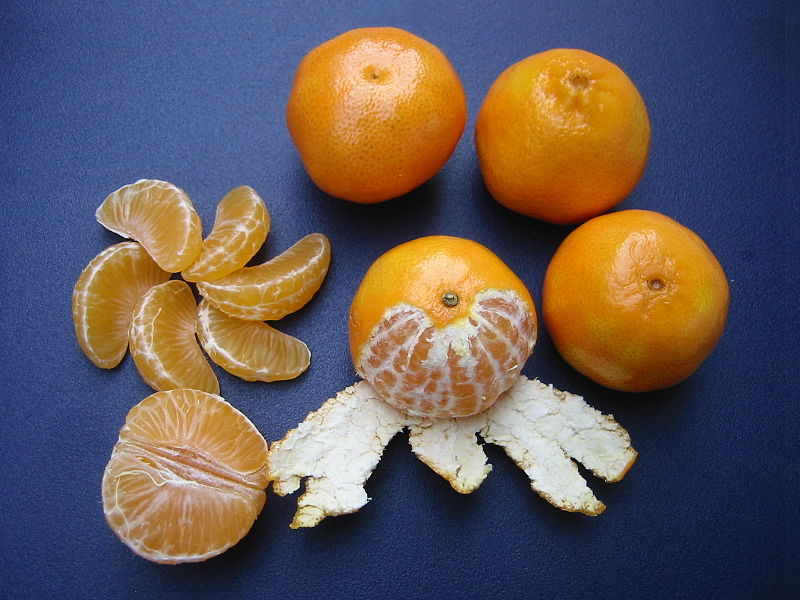It's January, and all through the supermarkets, the Clementines are out! Known as the Christmas Orange, clementines gained popularity in 1997 in the United States after a harsh winter caused orange crops to suffer. Unlike the tangerine, clementines are naturally seedless and range from 7 to 14 segments. Did you know that clementines become seeded if a bee cross-pollinates them?!



Clementine Cake
Recipe courtesy Nigella Lawson
Prep Time:10 minInactive Prep Time:--Cook Time:2 hr 40 min
Level:
Easy
Serves:
1 (8-inch) cake
Ingredients
4 to 5 clementines (about 1 pound total weight)
6 eggs
1 cup plus 2 tablespoons sugar
2 1/3 cups ground almonds
1 heaping teaspoon baking powder
Directions
Put the clementines in a pot with cold water to cover, bring to the boil, and cook for 2 hours. Drain and, when cool, cut each clementine in half and remove the seeds. Then finely chop the skins, pith, and fruit in the processor (or by hand, of course).
Preheat the oven to 375 degrees F.
Butter and line an 8-inch springform pan with parchment paper.
Beat the eggs. Add the sugar, almonds, and baking powder. Mix well, adding the chopped clementines. I don't like using the processor for this, and frankly, you can't balk at a little light stirring.
Pour the cake mixture into the prepared pan and bake for 1 hour, when a skewer will come out clean; you'll probably have to cover the cake with foil after about 40 minutes to stop the top from burning. Remove from the oven and leave to cool, in the pan on a rack. When the cake is cold, you can take it out of the pan. I think this is better a day after it's made, but I don't complain about eating it anytime.
I've also made this with an equal weight of oranges and lemons, in which case I increase the sugar to 1 1/4 cups and slightly Anglicize it, too, by adding a glaze made of confectioners' sugar mixed to a paste with lemon juice and a little water.
Clementine Cosmos
Recipe courtesy Claire Robinson
Prep Time:10 minInactive Prep Time:25 minCook Time:8 min
Level:
Easy
Serves:
6 to 8 servings
Ingredients
3 clementines, plus 1 very thinly sliced, for garnish
1 cup sugar
1 cup water
2/3 cup cranberry juice
1/3 cup lime juice
1 1/2 cups vanilla flavored vodka (recommend: Grey Goose)
Directions
Cut the clementines into quarters and squeeze their juice into a saucepan. Add the sugar, water and clementine flesh and bring to a boil over medium heat. Reduce the heat and simmer the mixture for 5 minutes. Pour into a strainer set over a measuring cup, pressing on the solids to remove as much liquid as possible. Discard the solids, cool the liquid to room temperature and pour into a pitcher. Add the cranberry juice, lime juice and vodka and stir well. Refrigerate until ready to serve. Put 6 or 8 martini glasses in the freezer.
To serve, pour the mixture into an ice-filled cocktail shaker and shake until very cold. Pour into the chilled martini glasses and garnish each with a clementine slice. Drink up and enjoy!
















